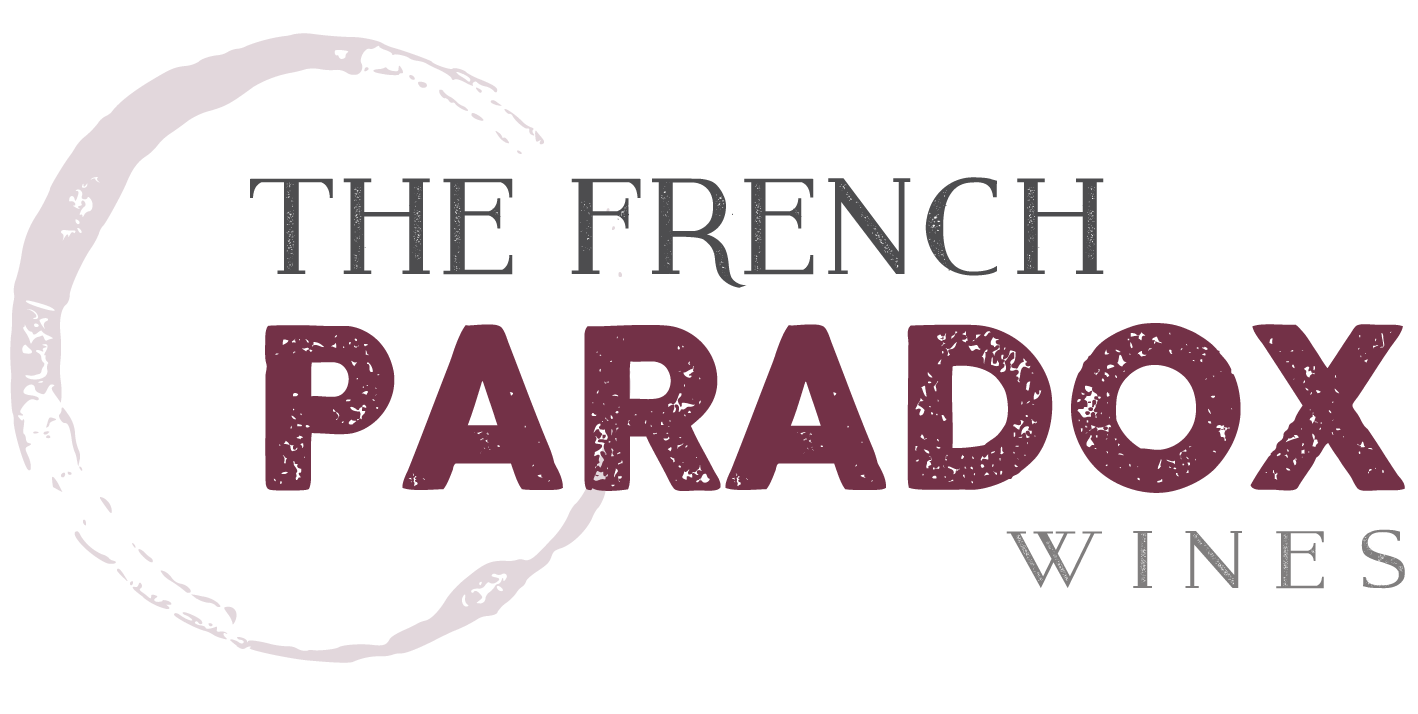No.
Next question?
Yes, Virginia, beers can be seasonal creatures. And yes, one can imbibe cold beverages in the winter, just as one can drink hot beverages in summer. (you drink coffee year round, don’t you?).
Seasonal beers (like Oktoberfest) have been produced for centuries, and ‘winter warmers’ have been prevalent since the pagans celebrated Saturnalia. And although there may not be a definitive consensus as what constitutes a winter beer, they are almost always higher in alcohol than a brewery’s regular beers, typically ranging from 5.5 to 8% ABV. On some occasions, they can even reach 10% ABV. (Uh, it’s the alcohol that warms you up.)
Another defining feature of winter warmers is their big malt flavor and body. There’s generally, very little hop bitterness in these beers. But if you do manage to taste the flavor of hops in your winter warmer, it will be well balanced. It shouldn’t overcome the malty sweetness of the beer.
Finally, many winter beers have additional spices added to the brew. Spruce is seen often as is ginger, cinnamon, cardamom, allspice, sugar and orange peel. Coffee and chocolate flavors are typical, as are dried fruits such as raisins, cranberry and apricots. Honey is common as are hazelnuts, walnuts…and anything else that you would find in a Christmas cookie. If fact, it wouldn’t be far wrong to think of winter beers as wet, alcoholic, Christmas cookies.
And much like Christmas cookies, it’s possible to over-indulge. These warming, sweet, malty, delicious beers pack a powerful punch. (see paragraph #3). They are also serious hangover creators. Moderation is the key to enjoying winter beers unless hibernation is your prefered winter activity.
